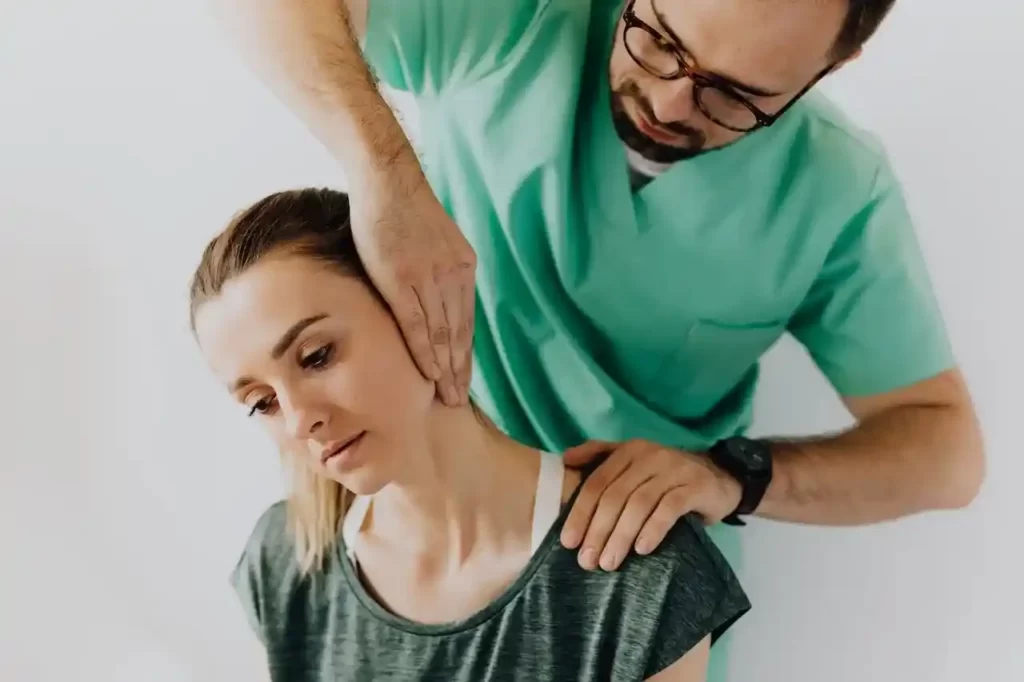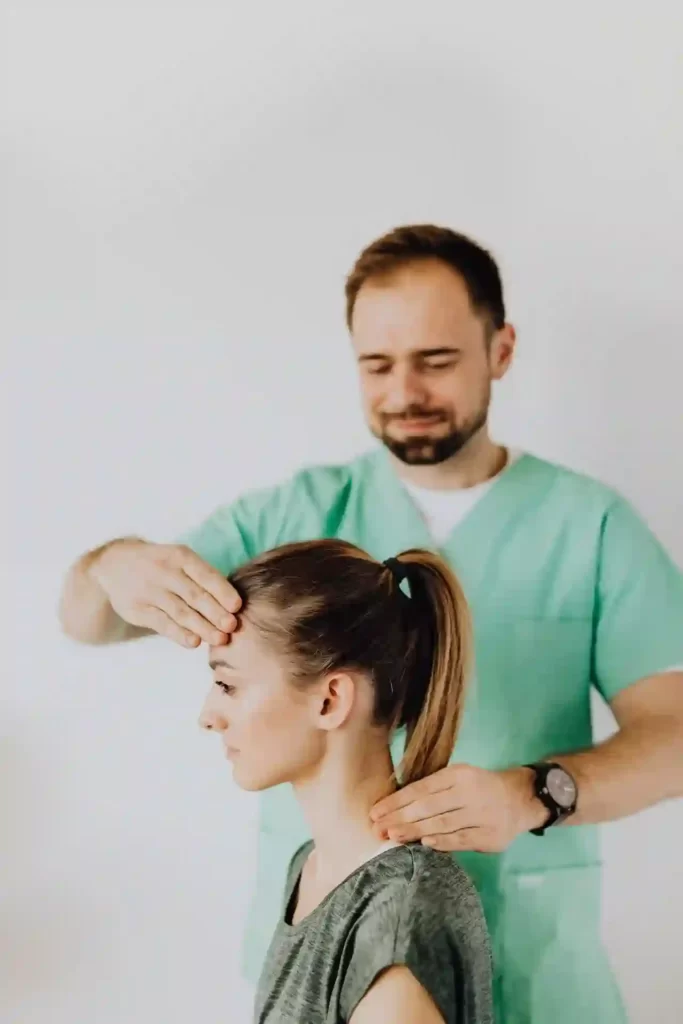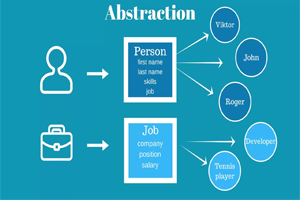Physical Therapy for Neck Pain and Headaches – Mushahid Ghani
Published: 22 Sep 2023
Physical Therapy for Neck Pain

Neck pain can be a debilitating condition that affects our daily lives. It can hinder our ability to perform simple tasks, concentrate at work, and even enjoy leisure activities. If you’re one of the many individuals suffering from neck pain, physical therapy can offer a solution to alleviate your discomfort and improve your quality of life.
Physical Therapy for Neck Pain
Before we delve into the benefits of physical therapy for neck pain, it’s important to understand the common causes of this condition. Neck pain can stem from various factors, including poor posture, muscle strain, injuries, herniated discs, or underlying medical conditions. Identifying the root cause is crucial in developing an effective treatment plan.
The Role of Physical Therapy
Physical therapy plays a pivotal role in managing and treating neck pain. A skilled physical therapist can assess your condition, identify contributing factors, and design a personalized treatment regimen to address your specific needs. Through a combination of targeted exercises, manual therapy techniques, and lifestyle modifications, physical therapy aims to alleviate pain, improve mobility, and enhance overall neck function.
| Exercise and Stretching |
|---|
|
One of the key components of physical therapy for neck pain is therapeutic exercises and stretching routines. These exercises are designed to strengthen the muscles that support the neck, increase flexibility, and promote proper alignment. Your physical therapist will guide you through a range of exercises tailored to your condition, ensuring that you perform them correctly and safely. |
Manual Therapy Techniques
In addition to exercises, physical therapists may incorporate manual therapy techniques to address neck pain. These techniques can include joint mobilizations, soft tissue mobilizations, and therapeutic massage. By applying targeted pressure and gentle movements, physical therapists can help relieve muscle tension, reduce inflammation, and restore proper joint function.
| Posture and Ergonomics |
|---|
|
Poor posture and ergonomics are often contributing factors to neck pain. Physical therapists can provide valuable guidance on maintaining proper posture and ergonomic practices during daily activities. They can recommend modifications to your work environment, sleeping positions, and exercise techniques to prevent further strain on the neck and promote optimal healing. |
Physical Therapy for Headaches

Headaches are a common ailment that can significantly impact our well-being. While various factors can trigger headaches, physical therapy has proven to effectively manage and reduce their frequency and intensity. Let’s explore how physical therapy can help relieve headaches and improve your overall quality of life.
Identifying Headache Triggers
To effectively treat headaches, it’s essential to identify the triggers that contribute to their occurrence. Physical therapists who specialize in headache management can perform a comprehensive assessment to determine potential triggers. These triggers can include muscle tension, postural imbalances, stress, or even certain foods and beverages.
Targeted Neck and Shoulder Exercises
Since the neck and shoulder muscles often play a significant role in headaches, physical therapists can devise exercises specifically to reduce tension and improve flexibility in these areas. Strengthening these muscles can alleviate stress and strain, which may help decrease the frequency and intensity of headaches.
Relaxation Techniques and Stress Management
Stress is a common trigger for headaches. Physical therapists can teach you relaxation techniques, such as deep breathing exercises, meditation, and mindfulness practices. These techniques can help you manage stress more effectively, leading to a reduction in headache occurrence and intensity.
I found that with depression, one of the most important things you could realize is that you’re not alone. You’re not the first to go through it; you’re not going to be the last to go through it.Dwayne Johnson
Manual Therapy for Muscle Tension
Physical therapists skilled in manual therapy techniques can provide hands-on treatment to alleviate muscle tension associated with headaches. These techniques may include gentle muscle releases, trigger point therapy, and craniosacral therapy. By releasing tight muscles and improving circulation, manual therapy can significantly reduce headache symptoms.
Education and Lifestyle Modifications
Physical therapists can educate you about lifestyle modifications that can positively impact headache management. They can provide guidance on maintaining a regular sleep pattern, staying hydrated, and adopting a well-balanced diet. Additionally, they can advise on ergonomic improvements at work or during activities that may contribute to headache development.
Conclusion:
Physical therapy offers valuable solutions for individuals suffering from neck pain and headaches. By addressing the underlying causes, implementing targeted exercises, and utilizing manual therapy techniques, physical therapists can effectively alleviate pain, improve mobility, and enhance the overall quality of life. Whether you’re seeking relief from neck pain or looking to manage and reduce the frequency of headaches, physical therapy can be a beneficial and holistic approach.
How long does it take to see results with physical therapy for neck pain and headaches?
The timeframe for seeing results can vary depending on the severity of your condition and your commitment to the recommended treatment plan. Some individuals experience significant improvement within a few weeks, while others may require several months of consistent therapy to achieve optimal results.
Is physical therapy a suitable treatment option for all types of neck pain and headaches?
Physical therapy can be beneficial for a wide range of neck pain and headache conditions. However, it’s essential to consult with a qualified physical therapist who can assess your specific situation and determine the most appropriate treatment approach for you.

- Be Respectful
- Stay Relevant
- Stay Positive
- True Feedback
- Encourage Discussion
- Avoid Spamming
- No Fake News
- Don't Copy-Paste
- No Personal Attacks

- Be Respectful
- Stay Relevant
- Stay Positive
- True Feedback
- Encourage Discussion
- Avoid Spamming
- No Fake News
- Don't Copy-Paste
- No Personal Attacks





